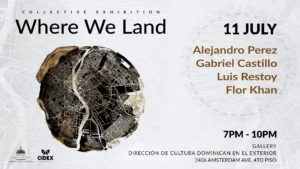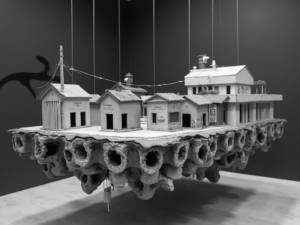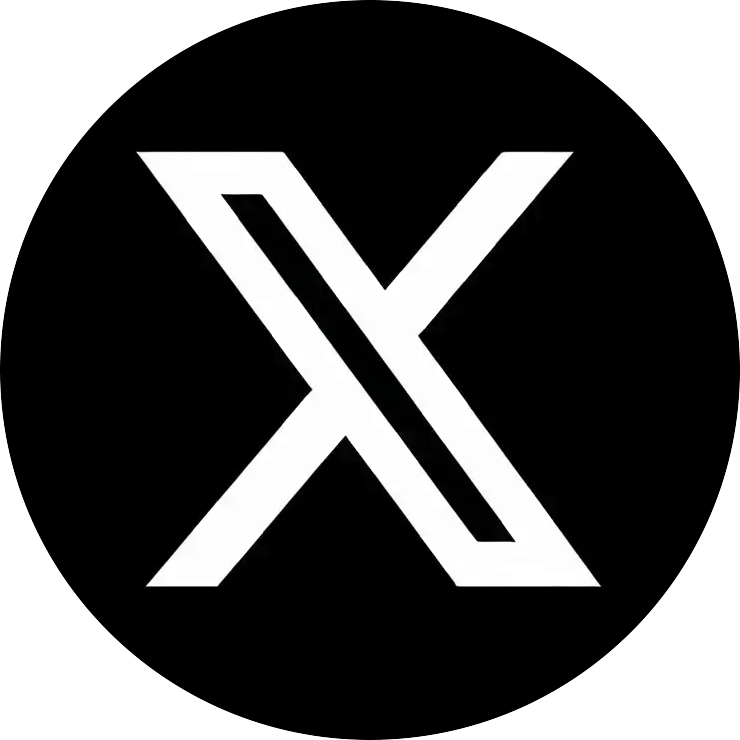By Juan Butten
In mid-March of this year, I learned about the sale of “Interchange” by Willem de Kooning for the astounding sum of 300 million euros. I couldn’t help but feel overwhelmed. This figure not only marks a record in the art market but also symbolizes a milestone in the history of contemporary art. Immediately, I mentally transported myself to 1955, the year de Kooning painted this masterpiece, merging abstract forms with human figures in a display of vibrant colors. I have always appreciated the intensity of his technique and his radical approach to representation.
I remember the first time I saw de Kooning’s work in person over twenty years ago at MoMA. Since then, I have been struck by the freedom in his brushstrokes. The way he captures the essence of identity and human experience is captivating. His ability to combine the figurative and the abstract has placed him alongside other giants of abstract expressionism, such as Jackson Pollock and Mark Rothko. As I observed his work, I felt I was part of a broader conversation about the role of art in our society.
The news of the sale made me reflect on the current state of the art market. It is not just a matter of astronomical figures; it symbolizes the rise of contemporary art. However, I couldn’t help but question the impact of these inflated prices. Do they distort true artistic value? Some celebrate this sale as a triumph, while others wonder if art has become a mere commodity.
What truly impresses me about “Interchange” is its ability to continue influencing generations of artists. The work has revived interest in de Kooning, and many critics are revisiting his legacy. I feel privileged to be part of this moment in art history, where the fusion of the classical and the modern becomes a topic of debate.
At the end of the day, “Interchange” is not just a masterpiece; it is a powerful symbol of the complexity of contemporary art. In a world where figures can be dazzling, this work invites me to reflect on the true value of art. The rich legacy that de Kooning has left is a beacon of innovation and emotion that will continue to guide artists and art lovers alike.









